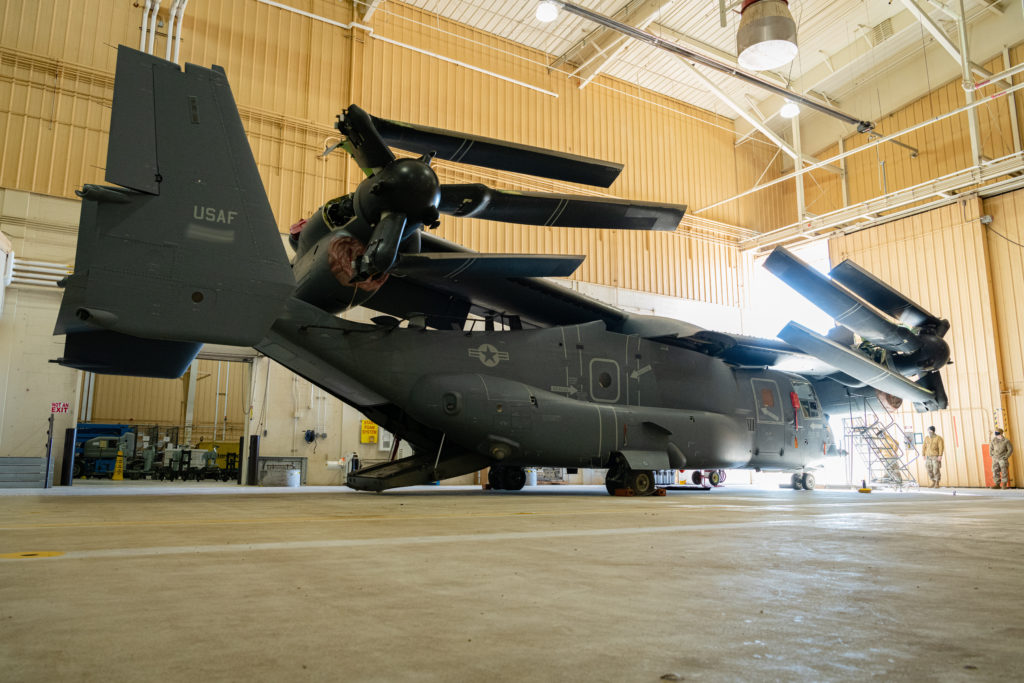Idk if any Marine pilots can speak more to this, but back when I deployed on Special MAGTF with a VMM squadron, I had to forecast for alternate flight paths to specifically avoid icing because at the time (2017-2018) there was an issue where if you attempted to use anti-ice....it would catch fire...Yup
Are there many/any helos that can fly in icing conditions?
Mix of both. Usually on the CVN for transits and then shore basing when feasible.
Does anyone know how the logistics of this will work? I imagine before, you wouldn't need a det organic to the carrier for the C-2 because of parts commonality with the E-2 squadrons (ex. if you needed an engine swap). But now that they're switching airframes, doesn't that mean a whole lot of extra space allocated to spare parts/maintainers is needed aboard ship? Or will some squadrons just have to be cross trained?
Not sure how the COD squadrons worked in terms of moving all of their personnel/parts/equipment with the carrier or to their shore bases.
Additionally, a few of my flight deck buddies said something to the effect that when Ospreys land, it stops all other traffic in the lineup and that the Air Bosses want the Ospreys gone ASAP. Drop their stuff and leave because it's a big hassle to move, ie. wings cant fold and move under its own power like the E-2/C-2 can. Is there any truth to this?


